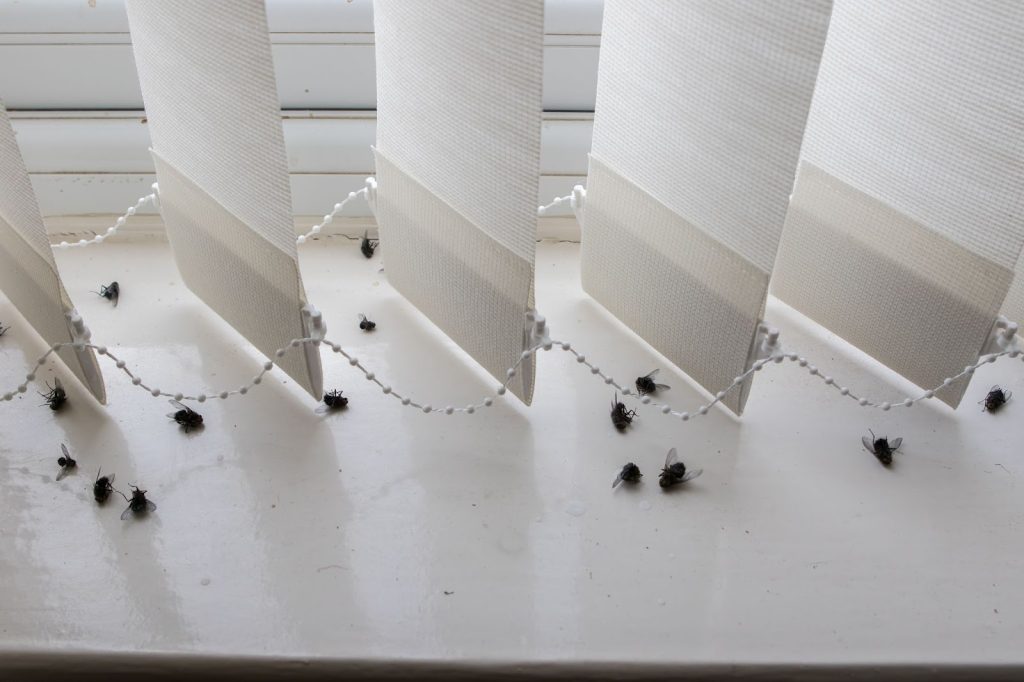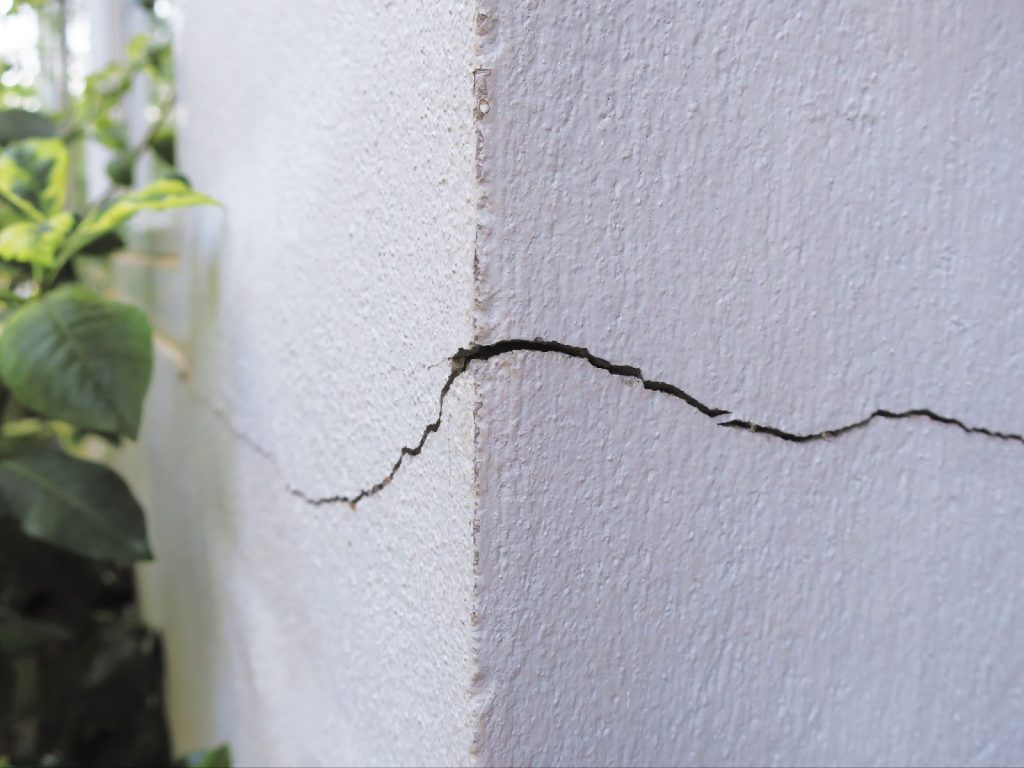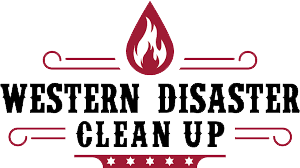Sewage damage restoration is a critical concern for homeowners, pivotal in ensuring the safety and integrity of their homes.
In this blog, we delve into eight key signs that signal the need for immediate attention to sewage issues. Spotting these early indicators helps maintain the structural soundness of your property and protects the health and well-being of all who dwell within it.
Join us as we explain the essential signs of sewage damage, empowering you to prevent minor issues from becoming major crises.
Sign 1: Unusual odors
Imagine walking into your home and being greeted by a foul, rotten egg-like odor. This smell boils down to the presence of sewer gases. When your sewer lines are clogged or damaged, those gases, which include hydrogen sulfide and methane, can escape from the sewer pipes and seep into your home.
The release of these gases creates a variety of pungent odors. The smell is often described as a mix of rotten eggs, sewer gas, or sometimes even a musty, damp scent. It’s crucial to pay attention to these odors since they are your home’s way of alerting you to potential sewage damage.
Sign 2: Slow-draining sinks and toilets
When you turn on the faucet to wash your hands or brush your teeth, you expect the water to flow smoothly down the drain. Likewise, when you flush the toilet after use, it should empty quickly and effortlessly. However, if you notice that the sinks and toilets in your home are taking longer than usual to drain, it could be a sign that there is a problem with your sewage system.
One common cause of slow-draining sinks and toilets is a clog in the pipes. Over time, hair, food particles, and soap scum build up and create blockages within the plumbing system. These blockages restrict the flow of water, leading to slower draining.
While you can resolve some minor clogs using a plunger or drain snake, persistent slow draining is often a sign of a more significant issue.
Sign 3: Gurgling sounds in plumbing
As a homeowner, you may encounter various sounds inside your plumbing system. While some sounds are normal, certain noises should immediately raise red flags. One particular sound to keep an ear out for is gurgling.
Imagine you are sitting next to a simmering pot of soup on the stove. As the liquid inside bubbles and boils, there is a distinct gurgling sound. Similarly, in your plumbing system, gurgling sounds are caused by air trapped in the pipes, trying to escape as water flows through them.
When you hear gurgling sounds in your plumbing, it is crucial not to ignore them. These sounds are often a symptom of sewage damage, and if left unaddressed, could lead to even more extensive and costly problems down the line.
Sign 4: Visible sewage backup
In some cases, you may actually see sewage backing up into your sinks, bathtubs, or toilets. This visible backup is a definite indicator that something is amiss.
For example, if you notice wastewater emerging from your shower drain while using the washing machine or flushing the toilet, it is crucial to take immediate action. Sewage backup can not only damage your home’s interior but also pose health risks to you and your family.

Sign 5: Increased pest activity
One of the first things you may notice when sewage damage occurs is an influx of pests in and around your home, particularly in areas where there is excess moisture. Flies, cockroaches, rats, and even mosquitoes are attracted to the foul odors emitted by sewer systems. They find these environments as ideal breeding grounds and sources of food.
Flies
Flies are often one of the most noticeable signs of sewage damage. These pesky insects are drawn to the decomposing organic matter found in sewers and thrive in damp conditions. They can easily enter your home through open windows or cracks in doors and walls.
Cockroaches
Cockroaches are known to feed on sewage and can quickly infest your home if given the opportunity. Cockroaches are nocturnal and tend to hide in dark, moist environments during the day.
It’s common to find them in bathrooms, kitchens, and basements, as these areas are more likely to have plumbing issues. If you notice a sudden surge in cockroach sightings, it’s essential to investigate the possibility of sewage damage.
Rats
Rats can easily gain access to sewer systems through damaged pipes or cracks. Rats are attracted to the abundance of food and shelter provided by sewage systems, making them a common pest in areas with sewage damage. If you start noticing rat droppings or hear scratching noises coming from your walls, it’s crucial to act promptly to prevent further potential damage and health risks.
Mosquitoes
Mosquitoes can also be a concern related to sewage damage, particularly if there are areas of stagnant water nearby. Sewage leaks or backups often create pools of standing water, which serve as breeding grounds for mosquitoes.
These pesky insects not only cause itchy bites but also carry serious diseases such as malaria and dengue fever. If you notice an increase in mosquito activity, it’s essential to identify and address the underlying sewage issue to prevent the spread of disease.
Sign 6: Lush patches in your lawn
Picture this: you’re taking a stroll in your garden, enjoying the sunshine, and suddenly you notice a particularly vibrant and healthy-looking area of grass that seems to stand out from the rest of your lawn. It might seem tempting to think that Mother Nature is showing off her gardening skills, but think again!
Lush patches in your lawn might actually indicate a problem with your sewage system. When there’s a leak or a break in your pipes underground, wastewater can seep out and provide extra hydration and nutrients to the surrounding soil, causing the grass to grow faster and greener in those areas.
One of the main risks associated with sewage leaks is the potential contamination of drinking water. When sewage seeps into the soil, it can reach underground water sources, like wells, and contaminate your drinking water supply.
Beyond the health hazards, sewage leaks might also damage your home’s foundation. When wastewater seeps into the ground, it erodes the soil and weakens the stability of your house. If left untreated, this can lead to cracks in the walls, sinking floors, and even structural collapse. And let’s face it, no homeowner wants to deal with costly repairs or, even worse, an unsafe living environment!

Sign 7: Foundation cracks and sinkholes
Foundation cracks are no laughing matter. Various factors like soil settlement, fluctuations in moisture levels, or structural problems, can cause foundation cracks.
However, one often overlooked cause of foundation cracks is sewage damage. When a sewage line becomes compromised or blocked, pressure builds up, leading to cracks in the foundation. These cracks may start small but will quickly worsen if left unaddressed. It is crucial to keep an eye out for any noticeable cracks in your foundation.
Sinkholes, on the other hand, may seem like something out of a horror movie, but they can be a genuine concern for homeowners. A sinkhole occurs when the ground beneath your foundation collapses, creating a hole or depression.
The presence of sinkholes can be a strong indicator of sewage damage. When a sewage pipe leaks or bursts underground, it can erode the surrounding soil. Over time, this erosion weakens the soil, and sinkholes can form. If you notice that your yard has developed depressions or sudden drops, it may be wise to investigate further and check for any sewage-related issues.
Sign 8: Water pooling
Water pooling is another telltale sign of sewage damage that every homeowner should know about. When you start to notice water collecting in unusual places around your home, it could indicate a problem with your sewage system.
If you see standing water on your lawn or near the septic tank, it could be a sign that your sewage system is not functioning properly. This pooling of water happens when there is a blockage in the sewer line or a leak in the septic tank. As a result, wastewater is unable to drain and seep into the ground as it should, leading to the accumulation of water on the surface.
If you start noticing water puddles in the basement or on the floors, it is crucial to investigate the cause as soon as possible. This could indicate a backup in your sewer line, causing wastewater to overflow and seep into your living areas.
Western Disaster Clean Up is here to help
Recognizing the signs of sewage damage is only the first step. Taking prompt, decisive action is necessary for the health of your home and family. For comprehensive sewage damage restoration services, look no further than Western Disaster Clean Up.
Our experienced team is ready to tackle even the most challenging situations, ensuring your home is restored to its pre-damage condition. Don’t let sewage damage compromise your living environment. Contact Western Disaster Clean Up today, and take the first step towards a safer, healthier home.

